Pacific Northwest
The Pacific Northwest primarily includes the states of Washington and Oregon and is bordered by the Pacific Ocean, Cascade Mountains, and Canada. This lush region is known for its dramatic coastline, snow-capped mountains, great rivers, and lush forests, as well as its unique and independent towns and cities with locals that prize outdoor adventure and local cuisine. In the span of just a few days, you can experience everything from wine tasting and whale watching to the coffee culture and coastal views – all without getting on a plane! The region is loaded with national parks, beautiful drives and outdoor activities for all ages and every season. All you’ll need is a camera, waterproof hiking boots or skis, plenty of light layers and an appetite for the outdoors.
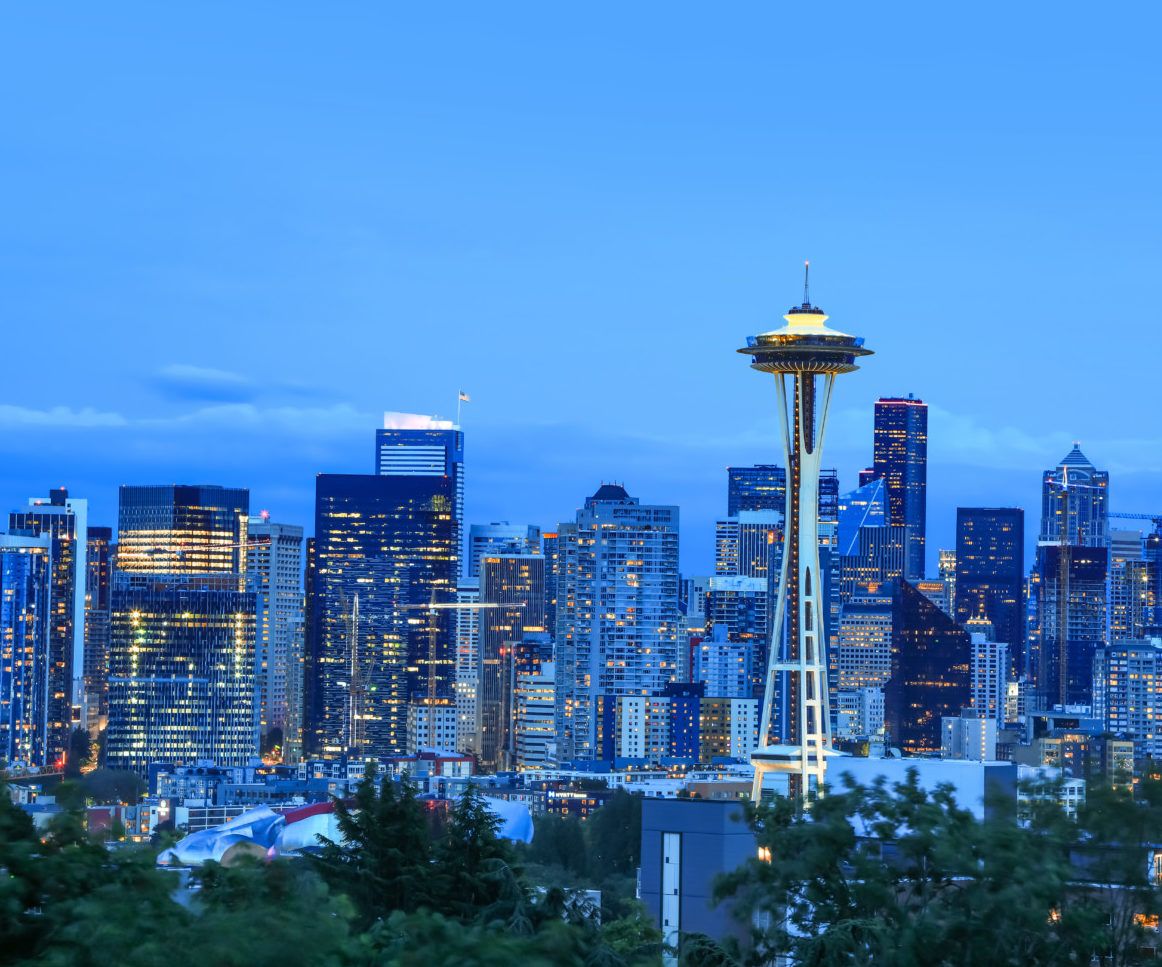
Seattle, WA
Seattle’s laid-back attitude and diverse neighborhoods more than make up for its consistently cloudy weather. Plus, it’s home to some of the country’s best coffee, a thriving arts scene, plenty of history, and some exciting outdoor activities. Surrounded by water, the city’s favorite outdoor pursuits include kayaking, hiking and camping in the nearby Olympic and Mount Rainier National Parks. If you’re headed to the Emerald City and not up for strenuous outdoor activities, Seattle offers plenty to see and do. Art lovers will appreciate the glass-blown pieces at Chihuly Garden, as well as the works on display at the Seattle Art Museum. The city boasts dozens of craft breweries and food markets, making it one of the Best Foodie Destinations in the USA. Seattle is a collection of unique and affectionate neighborhoods. There’s elegant Queen Anne, entertaining Capitol Hill, artistic Fremont, effortlessly cool Ballard, grizzled Pioneer Square, precocious South Lake Union and affable West Seattle. You’ll never fully understand Seattle until you’ve spent a bit of time exploring its neighborhoods.
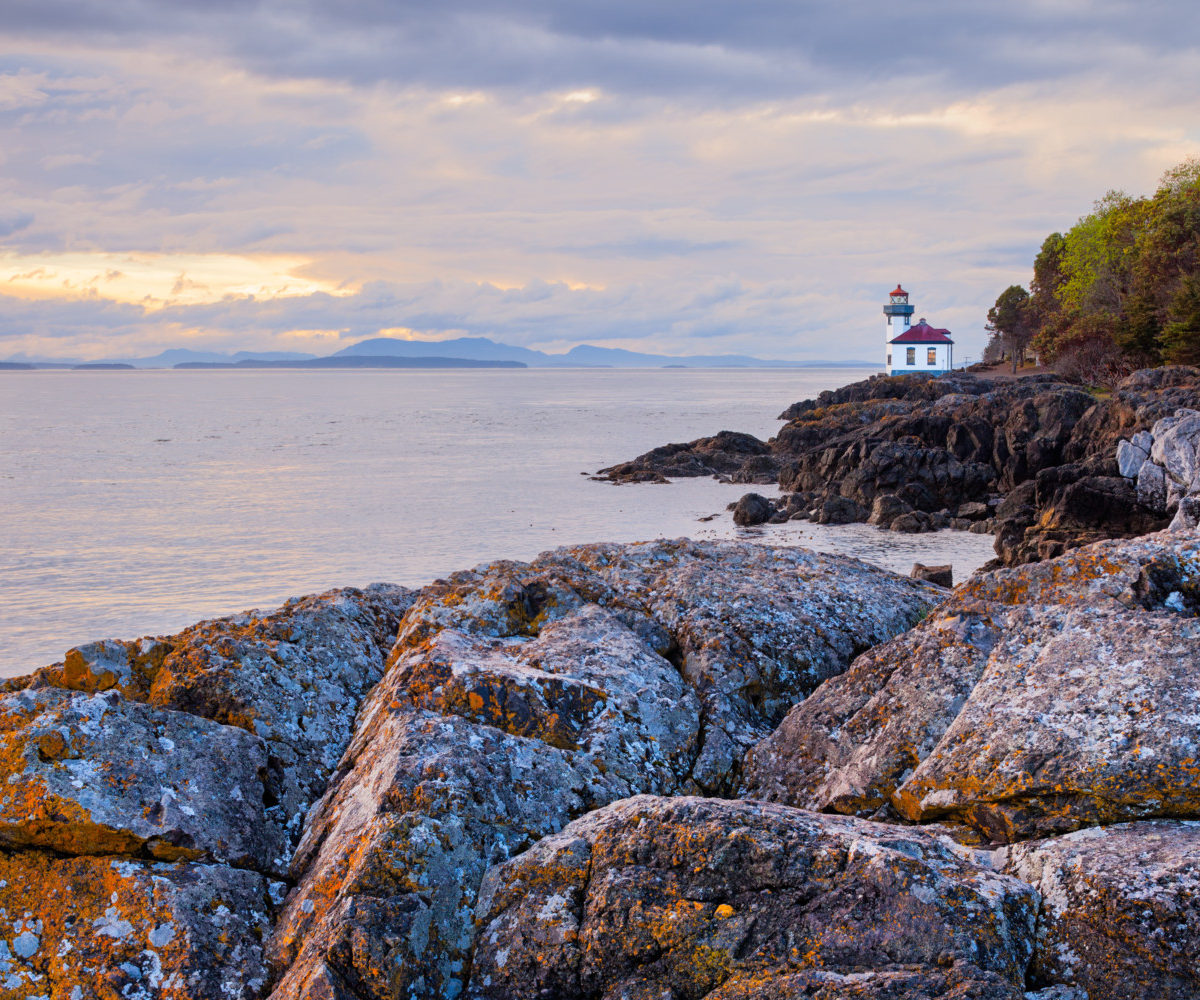
San Juan Islands, WA
The waters of the Pacific Northwest’s Salish Sea, between mainland Washington and Vancouver Island, contain hundreds of islands, some little more than rocky reefs, others rising to nearly 2,500 feet. Among these, the San Juan Islands are considered by many to be the loveliest. About 100 miles northwest of Seattle, these romantic islands abound with breathtaking rolling pastures, rocky shorelines, and thickly forested ridges, and their quaint villages draw art lovers, foodies, and city folk seeking serenity. Offshore, seals haul out on sandbanks and orcas patrol the deep channels. You may see the occasional minke whale frolicking in the kelp, and humpback whales have become increasingly visible around the islands. The San Juan Islands have valleys and mountains where eagles soar, and forests and leafy glens where the small island deer browse. The islands are home to ducks and swans, herons and hawks, otters and whales. There’s something magical about traveling to the San Juan Islands.
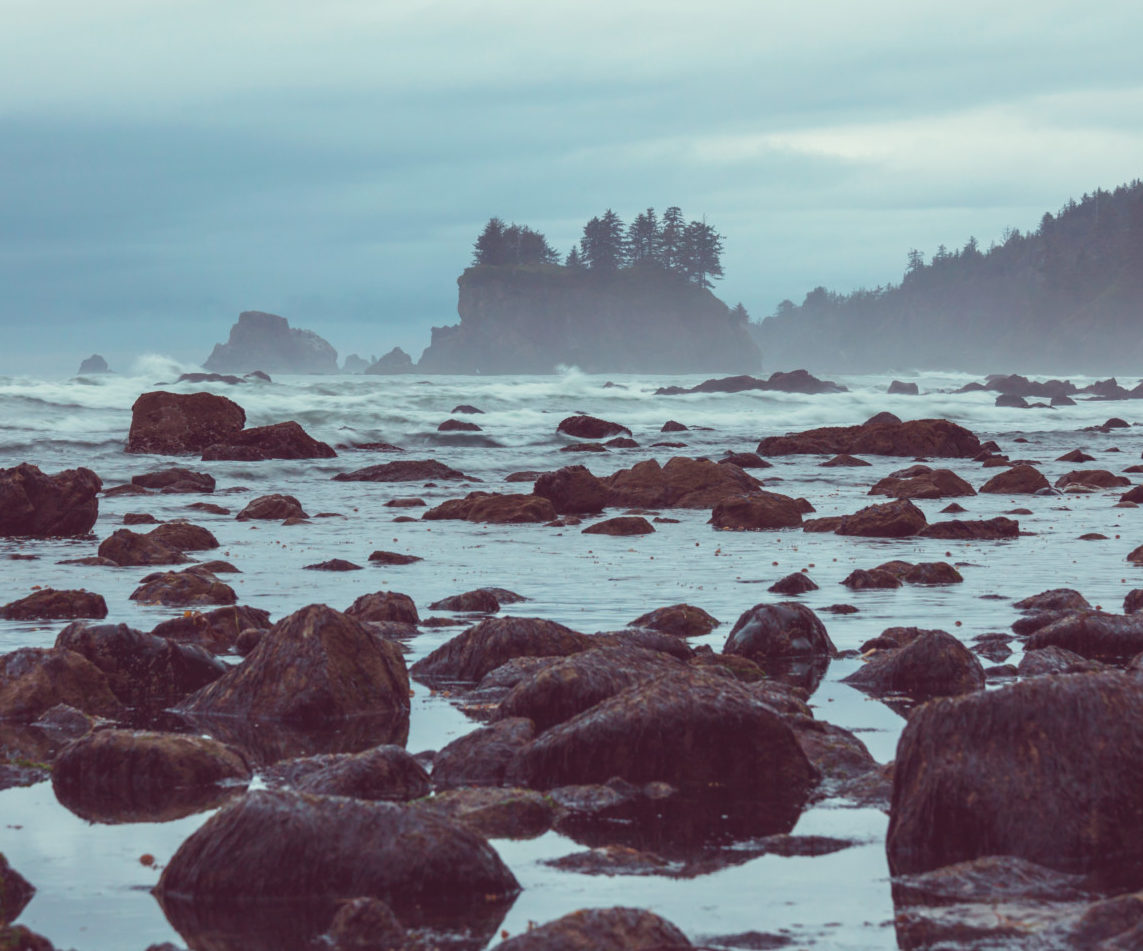
Olympic National Park, WA
Olympic National Park is an area of such variety in climate and terrain that it’s hard to believe it’s just one park. Here you can view white, chilled alpine glaciers; wander through a green, sopping-wet rainforest; or soothe your muscles with a soak in a hot springs pool. Or perhaps you’d prefer to ponder the setting sun from the sandy Pacific coastline, or disappear from the outside world altogether in the deep green forests of largely untouched mountains. Olympic National Park was established in 1938, and in 1981 was designated a World Heritage Site. The park protects one of the largest wilderness areas in the lower 48 states, giving visitors the opportunity to experience remoteness and pristine nature in a way that few other places can. Visitors have an opportunity to see sea otters, whales, beavers, bears, rhinoceros auklets, golden eagles, and more. The park is also home to endemic species like the Olympic marmot and the Olympic torrent salamander that can be found nowhere else in the world.
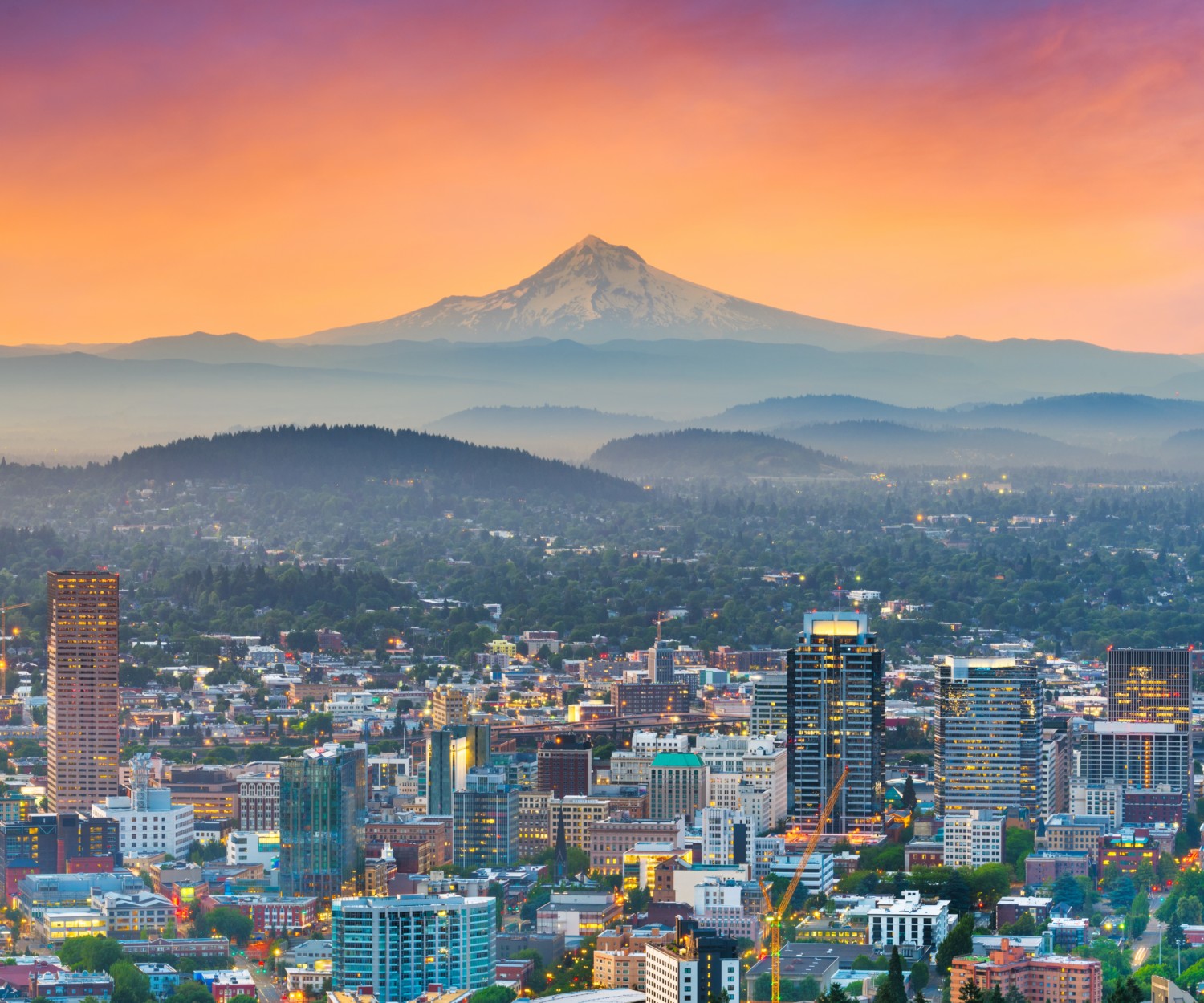
Portland, OR
Bridge City, Stumptown, Beervana, or the City of Roses—Portland is as eclectic as its nicknames. You’ll want to visit this vibrant city for its eccentric locals, its dynamic downtown—resplendent with microbreweries, coffee shops, brunch spots, and book stores—and the sweeping natural scenery that surrounds it, like the sparkling Willamette River and majestic Mount Hood. Scattered across five quadrants, Portland’s neighborhoods are unique microcosms of a hyperlocal culture. From the Rockwellian small streets of Sellwood to the legendary hippie shopping district of Hawthorne, there’s a ‘hood for everyone here. Portland also has an almost unfair abundance of natural beauty – perfect parks, leafy trees, vibrantly flowering shrubs lining pretty residential streets and the Willamette River meandering through town. Take a hike in the sprawling Forest Park, cross the river to Mt. Tabor for breathtaking sunset views or just follow your nose along the river in search of the local microbrews and ultra-hip eateries tucked into charming urban pockets throughout the city.
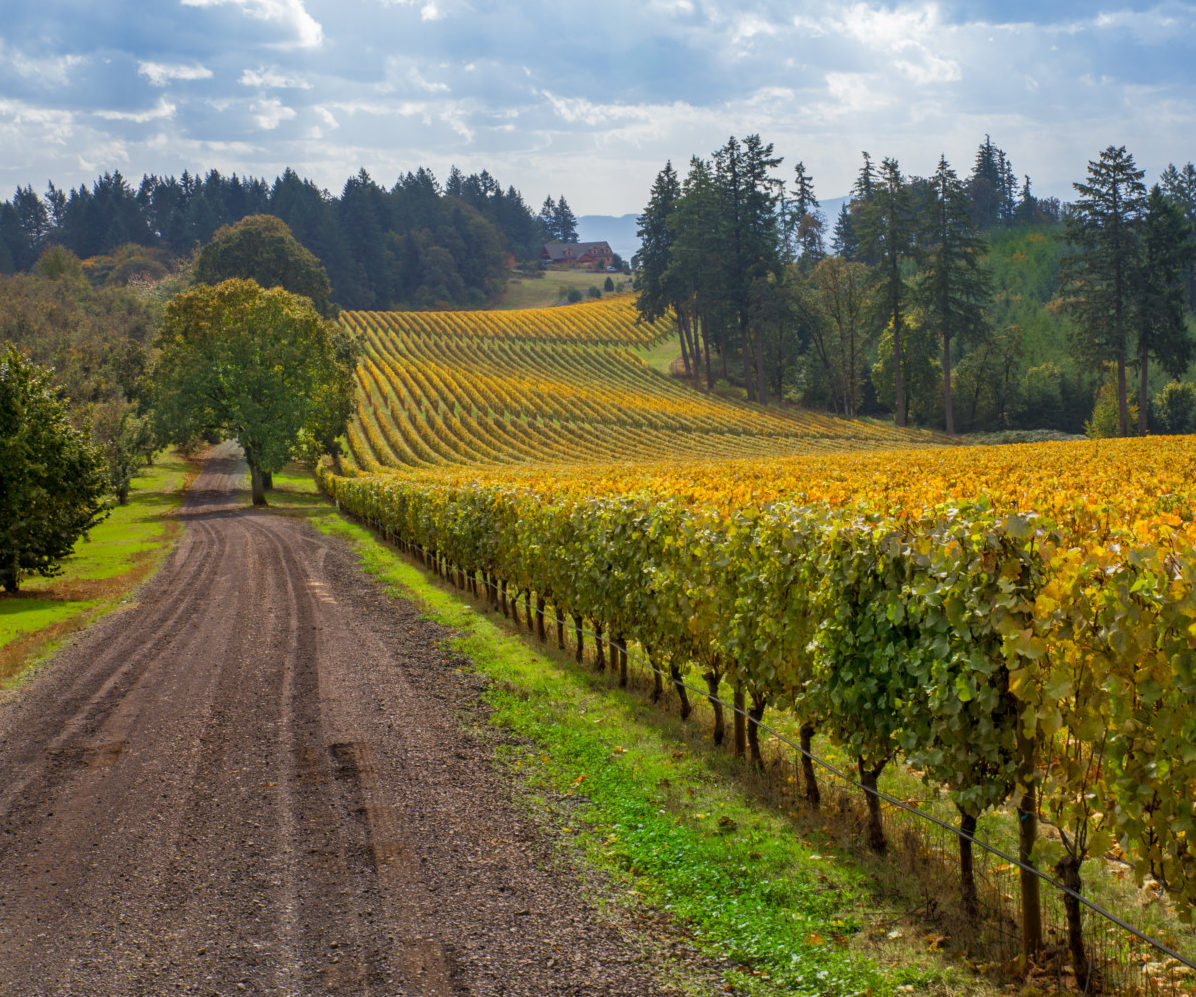
Willamette Valley, OR
Life’s simple pleasures can be found in a valley where farms, vineyards and forests reign supreme. Take your time admiring the incredible beauty, vast vineyards and the warm and welcoming people along the way. The Willamette (pronounced “wil-lam-it”) Valley has become a wine lover’s Shangri-La, a region that is not only carpeted with vineyards but encompasses small inns, cozy restaurants, and casual wine bars. The valley divides two mountain ranges (the Cascade and Coast), and contains more than 500 wineries. With its incredibly rich soil, perfect for growing Pinot Noir, Pinot Gris, Chardonnay, and Riesling, the valley has received worldwide acclaim for its vintages. As well, the region’s farms are famous for producing quality fruits, vegetables, and cheeses that are savored in area restaurants. Located just 25 miles southwest of Portland, the Willamette Valley is perfectly located if you decide to extend your visit in the Pacific Northwest. Head east to the Columbia River Gorge and Cascade Mountains, north to Washington State or west to the spectacular Oregon coast.
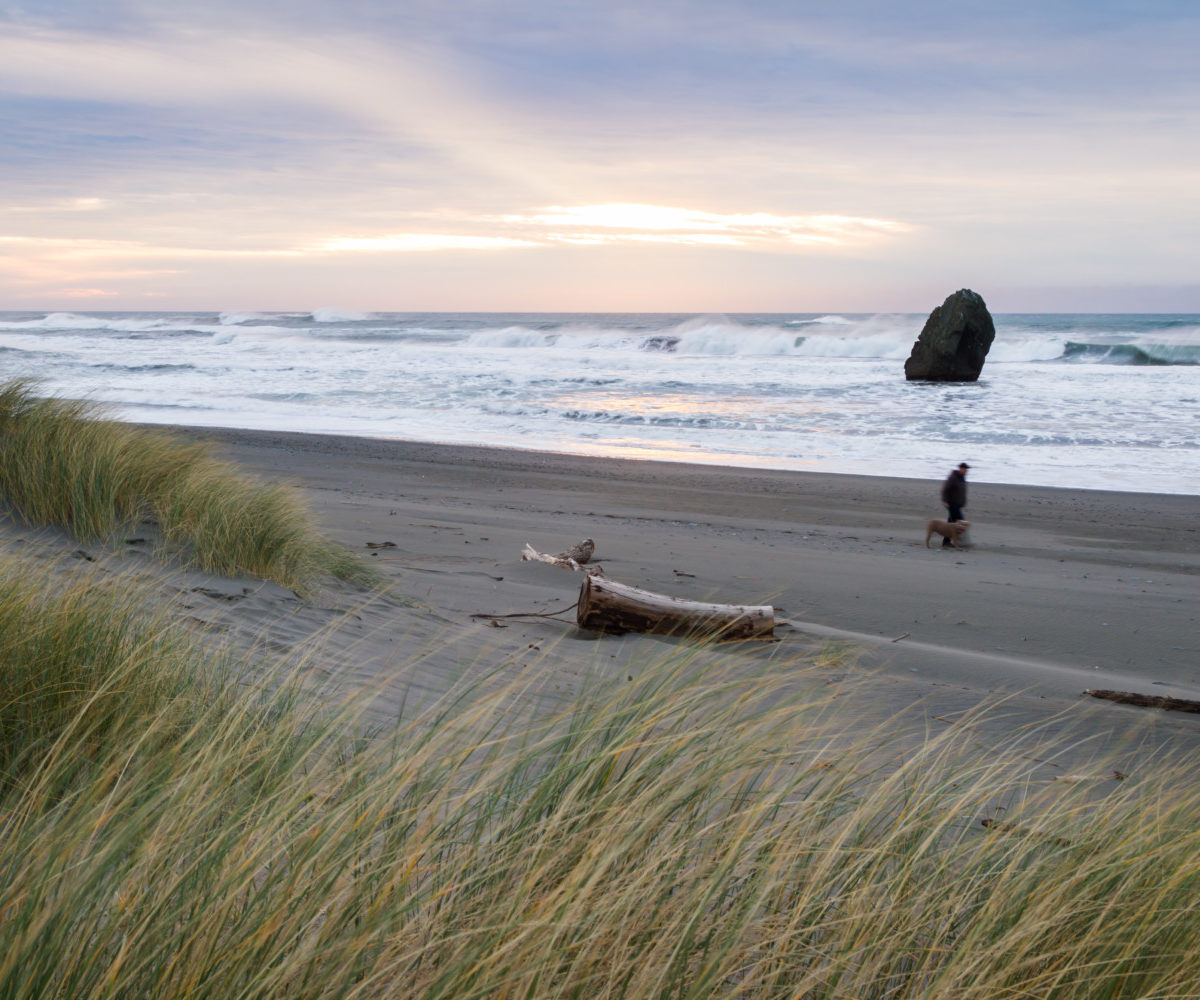
Oregon Coast, OR
Oregon’s coastline is open to all; not a grain of its more than 300 miles of white-sand beaches from the Columbia River to the California redwoods is privately owned. U.S. 101, also called the Coast Highway, is the backbone of the Oregon coast. It runs parallel to the ocean and is one of the most scenic highways in the world. It winds past sea-tortured rocks, brooding headlands, hidden beaches, historic lighthouses, and tiny ports. Embracing it is the vast, indigo-blue Pacific Ocean, which presents a range of moods with the changing seasons. This is a coastline of remarkable grandeur and endless natural drama, with vast white-sand beaches stretched between massive, forested headlands, along enormous bays and fifty miles of non-stop sand dunes. The surf pounds and surges against offshore haystacks, sea stacks, and monoliths, all of which were gnawed away from the mainland over countless eons by ocean winds and the relentless chomping of the sea. Wave-pounded rocky shores; dense, dark forests; lonely lighthouses; rugged headlands — these all set the Oregon shoreline apart from all the rest.
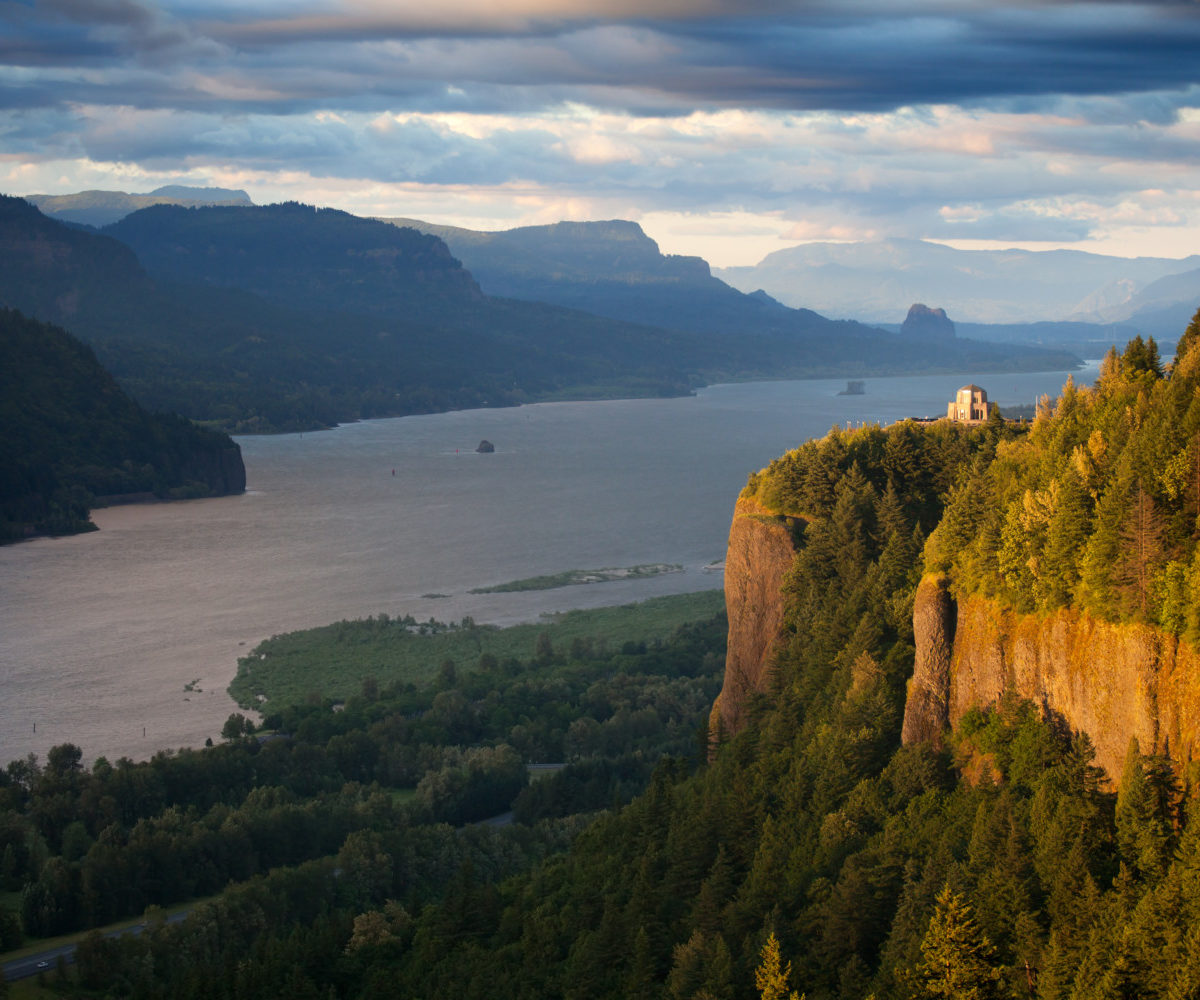
Cascade Mountains, OR
The Oregon Cascades region is legendary for its recreational opportunities. The region is home to seven different national forests and is best known for Mount Hood, and the nearby Columbia River Gorge. Crater Lake National Park, at the southern end of the Oregon Cascade region has been dazzling visitors for thousands of years, since Native Americans first stood upon its shores. The Cascades are a relatively young volcanic mountain range with picture-perfect, snowcapped peaks rising above lush green forests of evergreens. The main attraction is the wide variety of outdoor sports activities. Crystal-clear rivers, churned into white water as they cascade down from high in the mountains, provide numerous opportunities for rafting, kayaking, canoeing, and fishing. The high mountain lakes hold hungry trout. The Pacific Crest Trail winds the entire length of the Cascades, but it is the many wilderness areas scattered throughout these mountains that are the biggest draw for hikers, mountain bikers and backpackers. In winter, skiers and snowboarders flock to more than half a dozen ski areas and countless miles of cross-country ski trails. In sum, you’ll find the Oregon Cascades are a hard place to beat.
